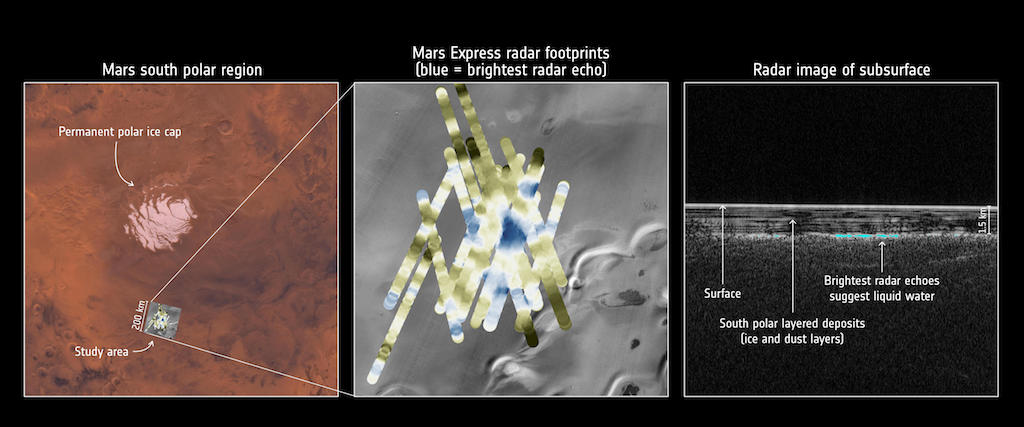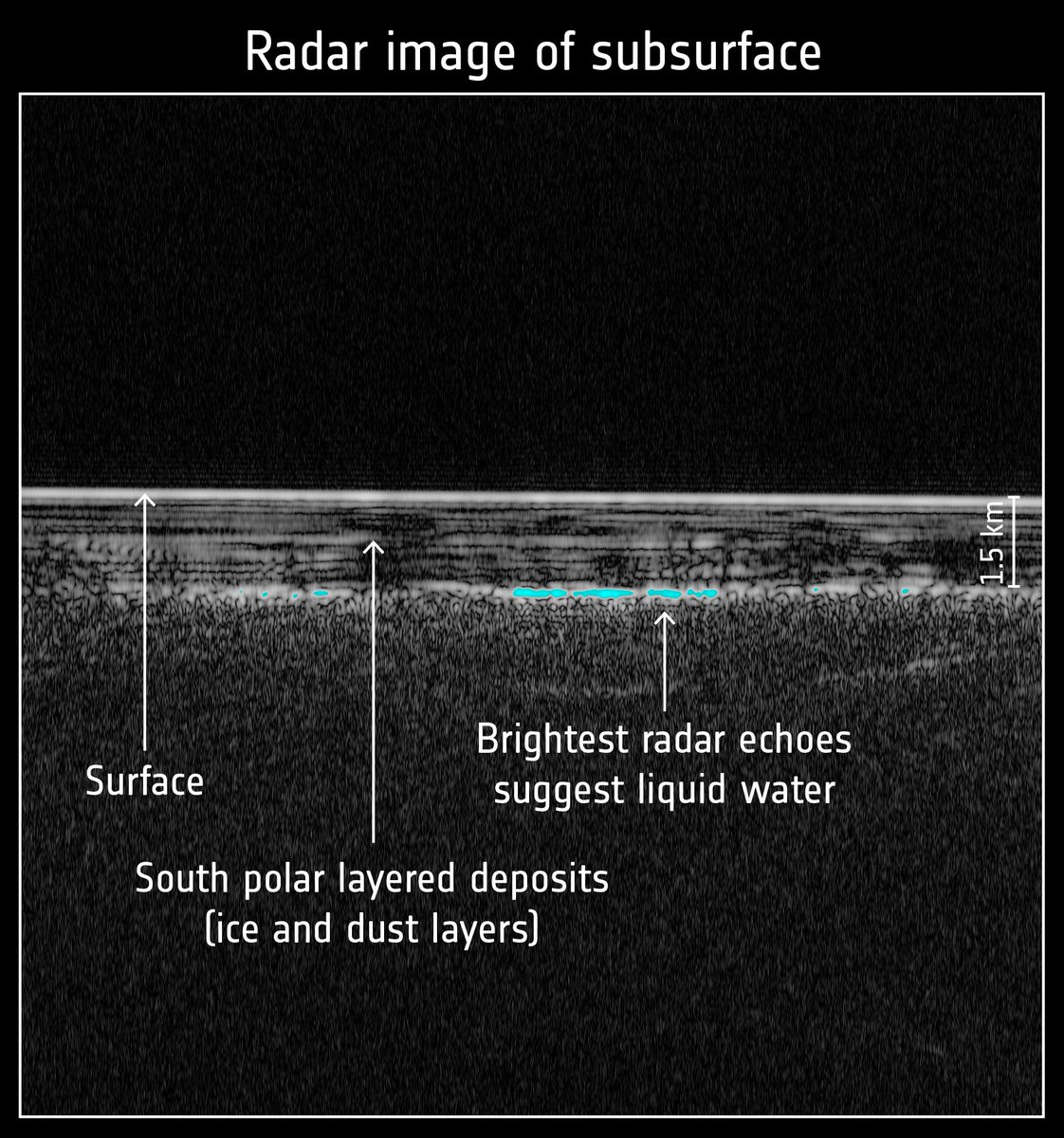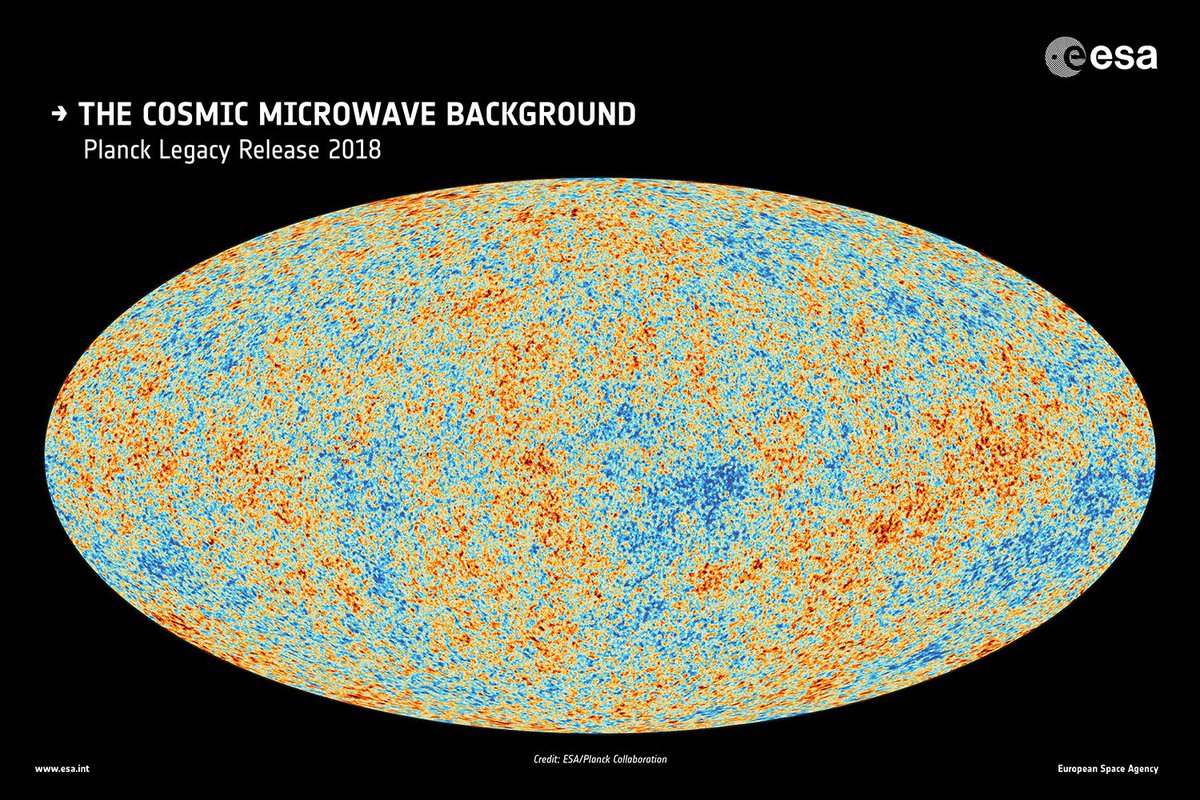🔴💦 Our #Mars Express satellite has detected liquid #water hidden under the planet’s south polar ice cap. Full story: esa.int/Our_Activities… 

We know from orbiters, landers & rovers that #Mars had a wet past, with its vast dried out river channels & minerals that can only form in liquid #water, but it is not stable on the surface anymore, so scientists are looking underground… 

Until now evidence from the #Mars Express radar experiment MARSIS, the first radar sounder ever to orbit another planet, remained inconclusive. A new operating mode generating higher-quality data was needed to seek out better evidence for buried #water... 

The #Mars Express radar investigation finds a subsurface feature spanning about 20km across under a 1.5km thick layer of ice & dust, interpreted as a buried pond of liquid water, which could be laden with salty, water-saturated sediments... 

Maybe there are more of these hidden pools of #water?! This exciting discovery will contribute to our understanding of the evolution of #Mars, the history of water on our neighbour planet and its habitability potential. Full story: esa.int/Our_Activities… 

• • •
Missing some Tweet in this thread? You can try to
force a refresh





